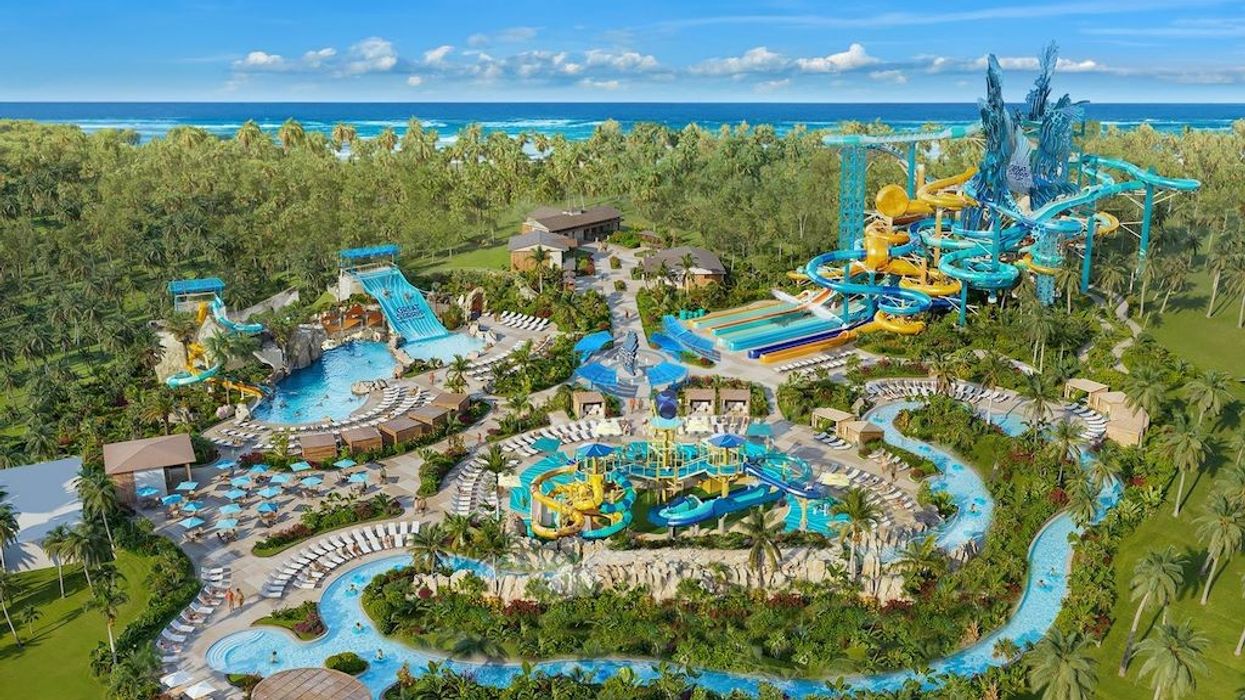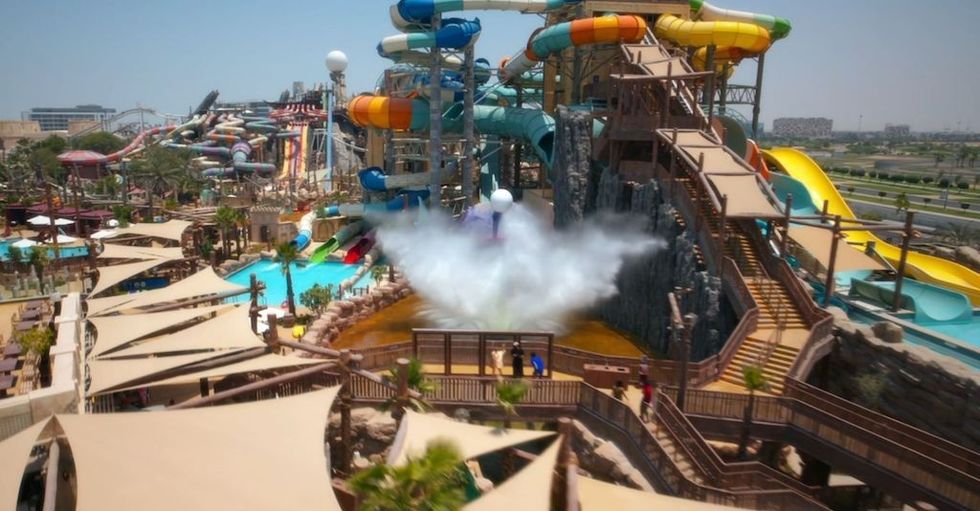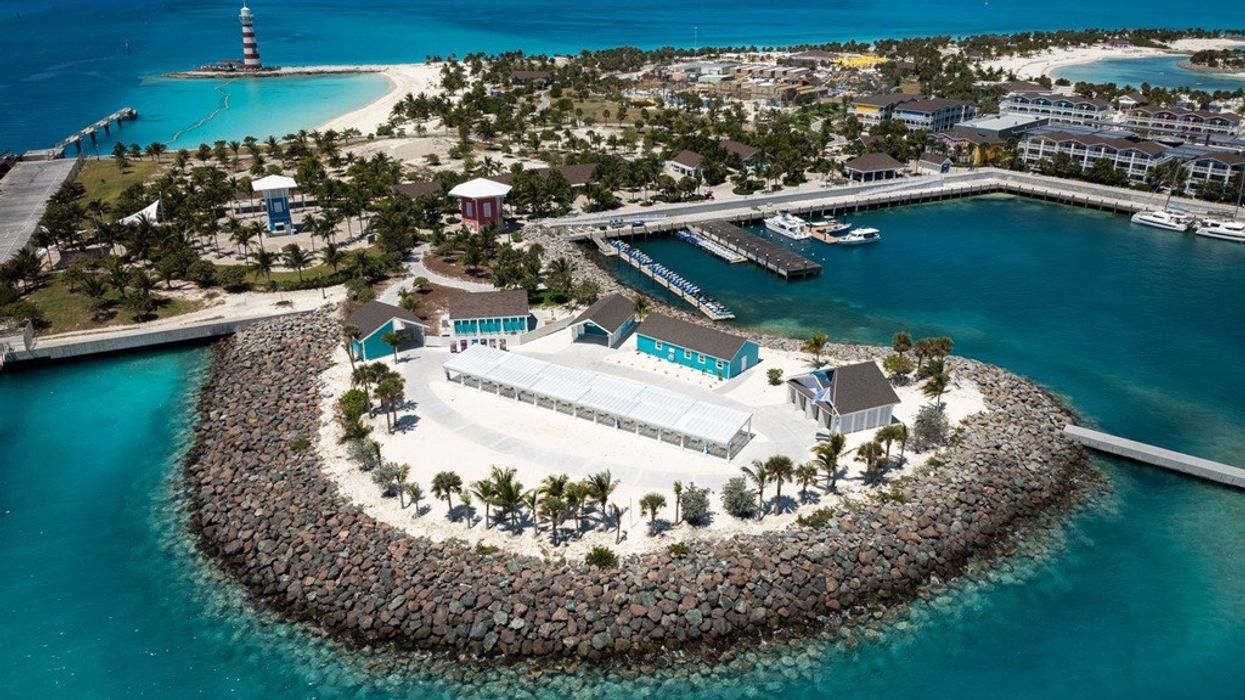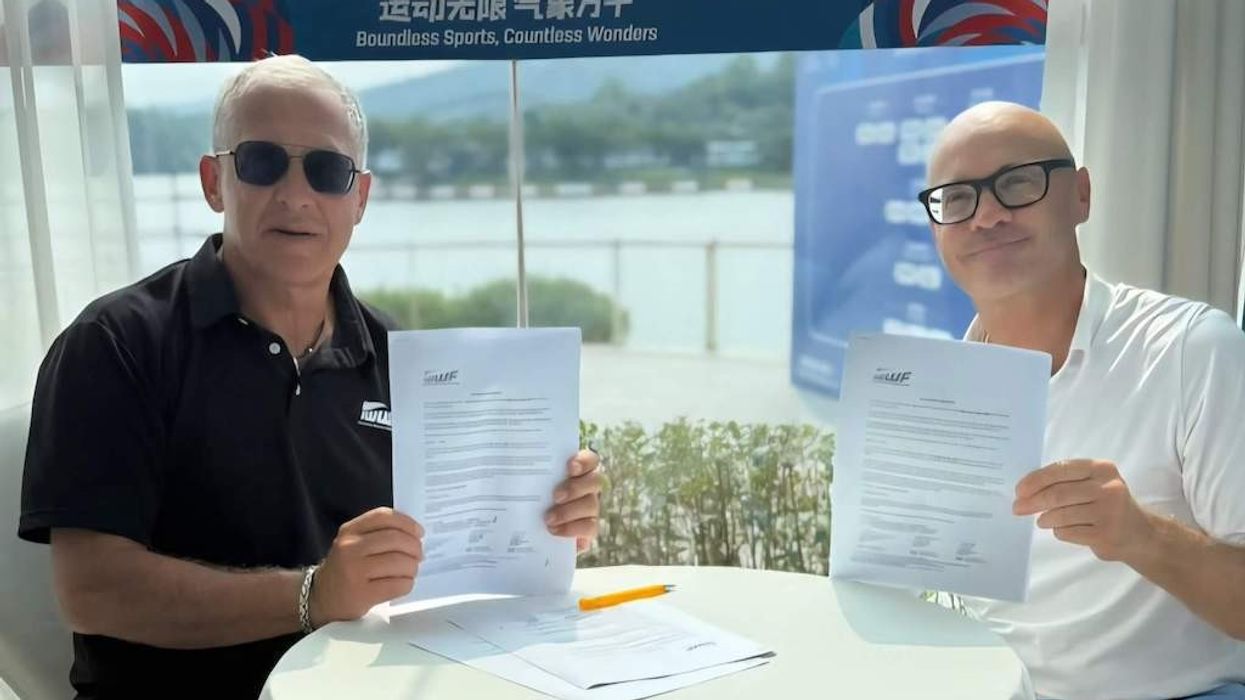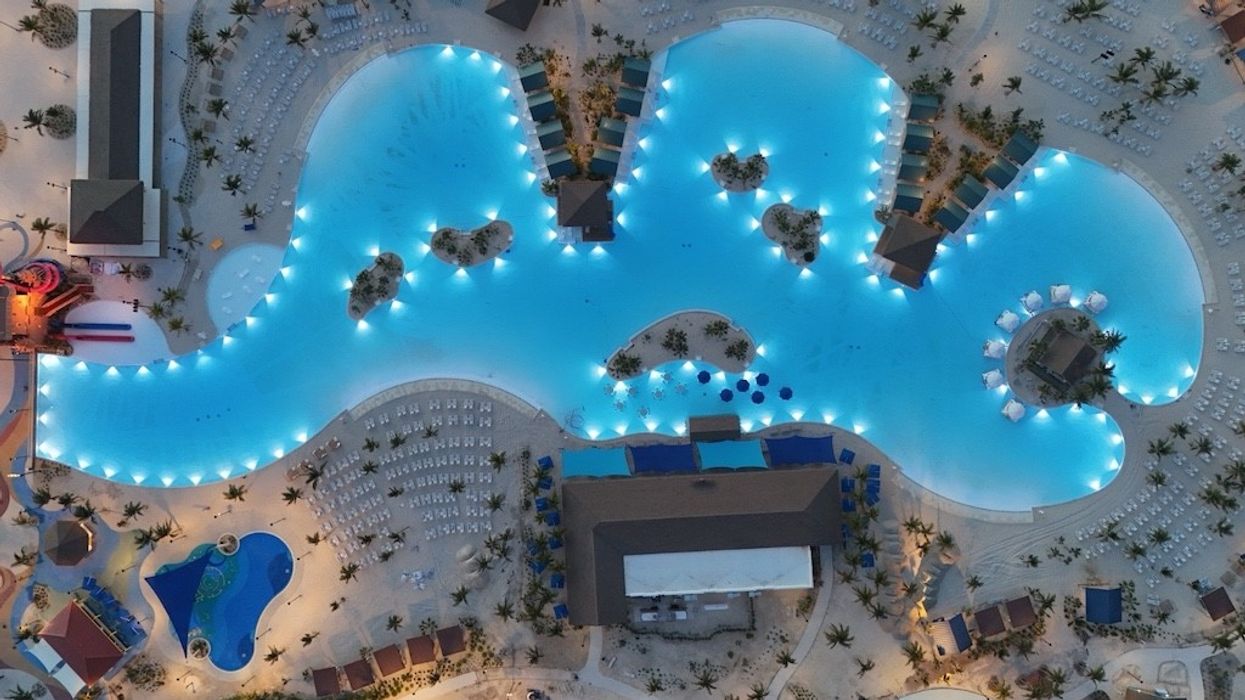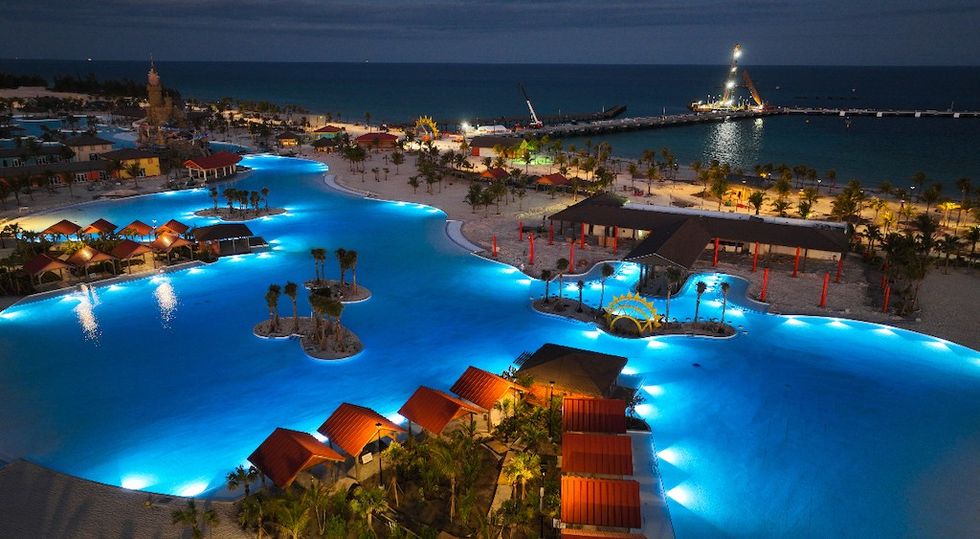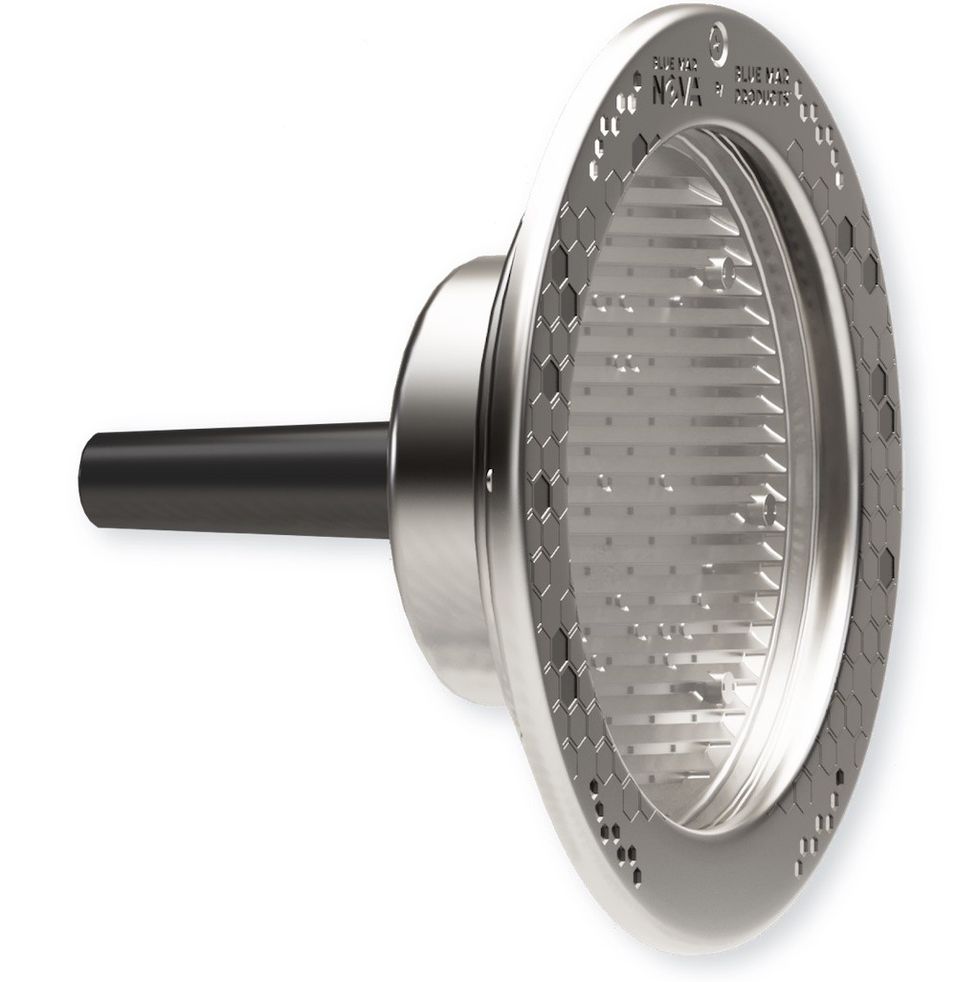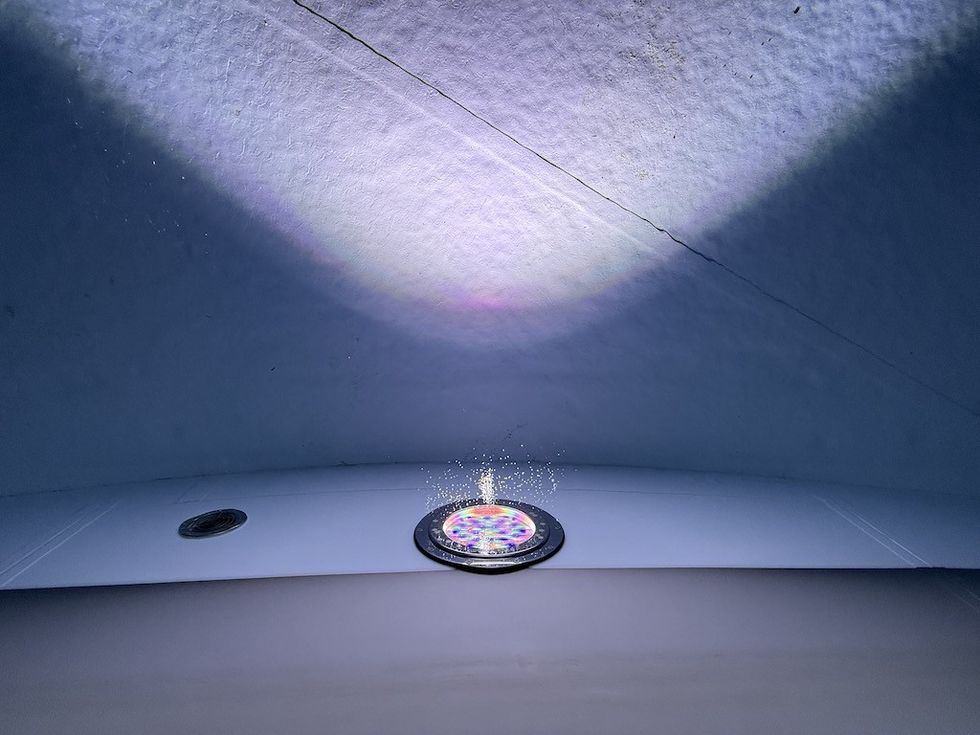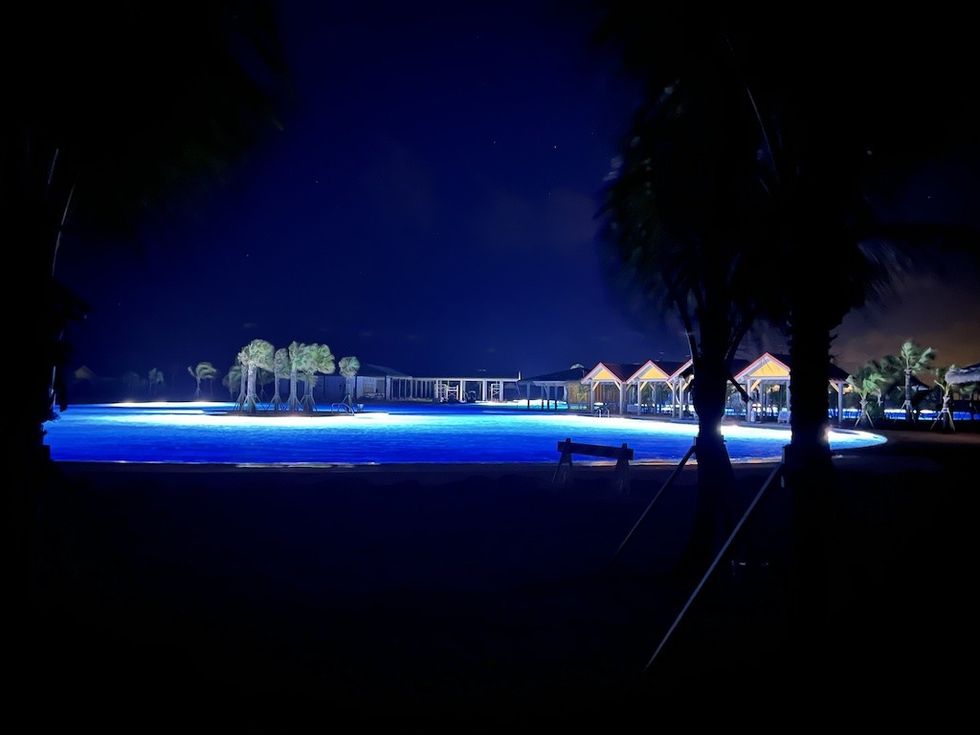Cloward H2O, an expert in aquatic design, has shared some key design considerations for balance tanks, also known as surge or collector tanks. This essential component in pool design maintains a consistent water level by managing the water displaced by swimmers.
Water is displaced by swimmers' bodies when they enter the pool, and this water is gathered in the balance tank. This extra water is added back to the pool after swimmers leave, maintaining a consistent depth. Balance tanks are available in various shapes and sizes, including square or rectangular boxes and vertical or horizontal cylinders. They can be made from concrete, fibreglass, or steel and can be pre-manufactured or constructed on-site.
Balance tanks are essential in various pool types and water features. They are used in perimeter gutter pools, infinity edge pools, waterfalls, runout waterslides, interactive fountains or spray decks, and any pool or spa in Florida.
Important features
Archimedes' Principle, which asserts that a floating or submerged entity will displace a quantity of water equal to its own volume, is the foundation for the operation of balance tanks. Water overflows into the gutter due to displacement of the water as people enter the pool. The balance tank receives this extra water via piping. The water level in the pool then lowers below the gutter lip when swimmers depart, allowing water from the balancing tank to equalise through the input jets and bottom drain line.
Balance tanks possess several key features that ensure proper functionality:
- Static water level: This is the equalised water level when everything is shut down.
- Drawdown water level: Refers to the change in hydraulic head relative to background conditions and helps determine the worst-case head loss in the gutter line.
- Minimum operating water level: The operating water level with no one in the pool.
- Surge or storage volume: The calculated volume needed for surge or storage capacity.
- Operation volume: The minimum volume required in the tank to ensure proper pipe submergence.
- Modulating float valves: These valves are placed on the bottom drain line from the pool and open or close in response to changes in the water level in the balance tank, allowing water to equalize through the bottom drain line.
Design considerations for balance tanks
When designing a balance tank, several factors must be considered, including the type of pool, any features that require external storage capacity, such as water slides, waterfalls, and spray effects, the type and shape of the balance tank, and its location. Balance tanks can be made from fibreglass-reinforced plastic (FRP), concrete, or pre-made choices like those from Nemato (cylindrical), ASA Manufacturing (box forms), or Mermade (cylindrical).
"While balance tanks are not a mandatory feature for all pools, their necessity can vary depending on the pool's design and local regulations," says Cloward H2O. "For instance, pools with certain edge types, such as infinity or vanishing edges, often require balance tanks to manage the additional water displacement and maintain a consistent water level. These tanks help handle the extra volume of water that flows over the edge, ensuring that the pool remains at the desired depth and operates efficiently.
"Additionally, local regulations and building codes may mandate the use of balance tanks for pools, especially in commercial or public settings, to adhere to safety standards and ensure proper water management."
When to include a balance tank
Without a balance tank, variations can be handled with floating weir skimmers, which respond to the water level and assist in maintaining it by skimming the surface. Similarly, pools built with naturally fluctuating water levels might not require this element to control displacement.
Nevertheless, there are still circumstances in which adding a balancing tank can be advantageous. For example, a balance tank can offer additional stability and help maintain ideal conditions if a pool is anticipated to see heavy use, frequent fluctuations in water level, or specific design components that could result in uneven water depths.
Additionally, a balance tank can improve the pool's functionality and efficiency, guaranteeing a better overall user experience when precise water level control is required for operational or aesthetic reasons.
"Balance tanks play a crucial role in specific pool designs and regulatory contexts," adds Cloward H2O. "Balance tanks are essential for maintaining the water level in various types of pools and water features.
"By understanding their design, applications, and key features, pool designers and operators can ensure efficient and effective water management. Properly designed balance tanks help maintain pool aesthetics, functionality, and safety, making them indispensable in modern pool construction and maintenance."
Last month, Cloward H2O shared how it has partnered with Cass Calder Architecture and EDSA to engineer and design a unique water feature for The Aarid project in Riyadh, Saudi Arabia. This new development, spanning 3.3 hectares, seamlessly integrates residential, commercial, educational, medical, and recreational spaces into a dynamic lifestyle destination.
Charlotte Coates is blooloop's editor. She is from Brighton, UK and previously worked as a librarian. She has a strong interest in arts, culture and information and graduated from the University of Sussex with a degree in English Literature. Charlotte can usually be found either with her head in a book or planning her next travel adventure.


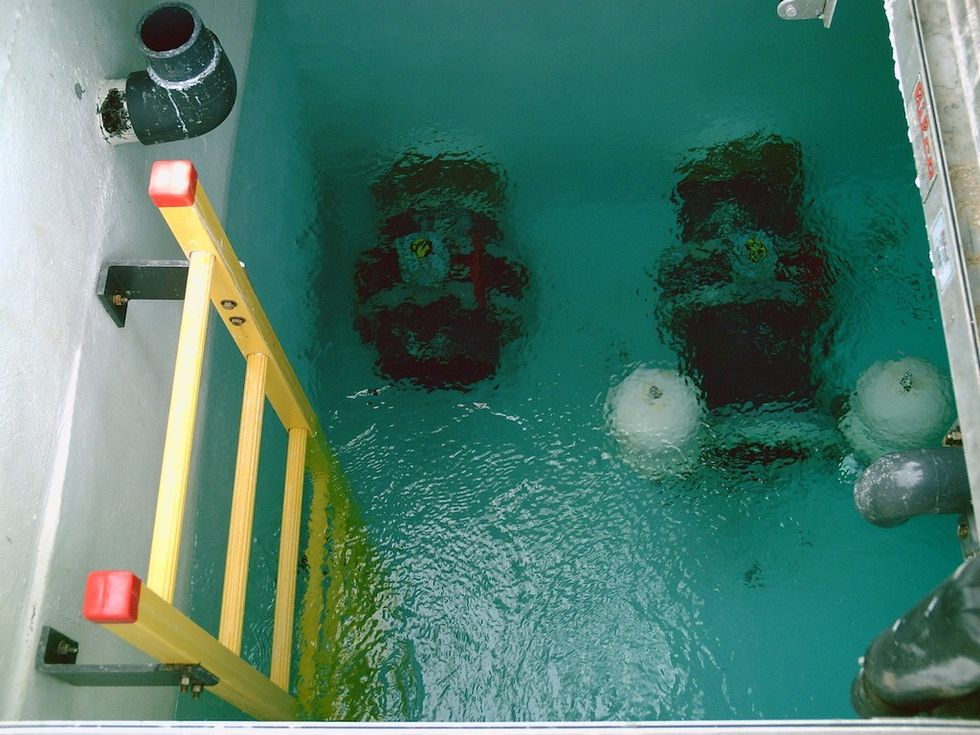
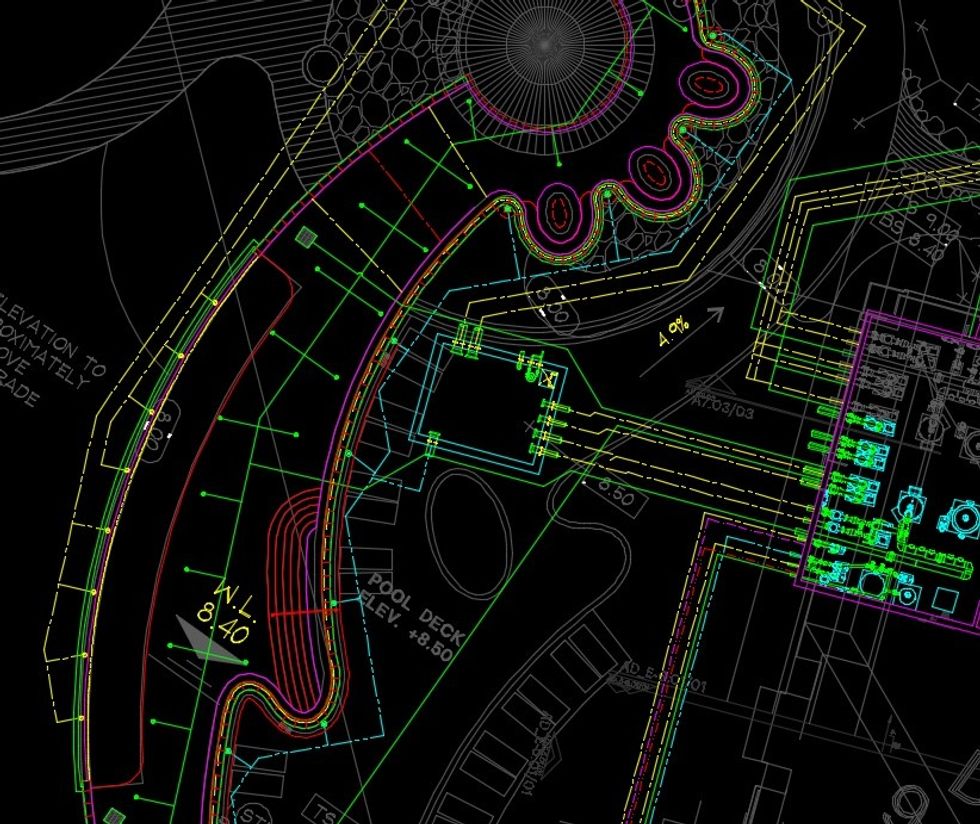
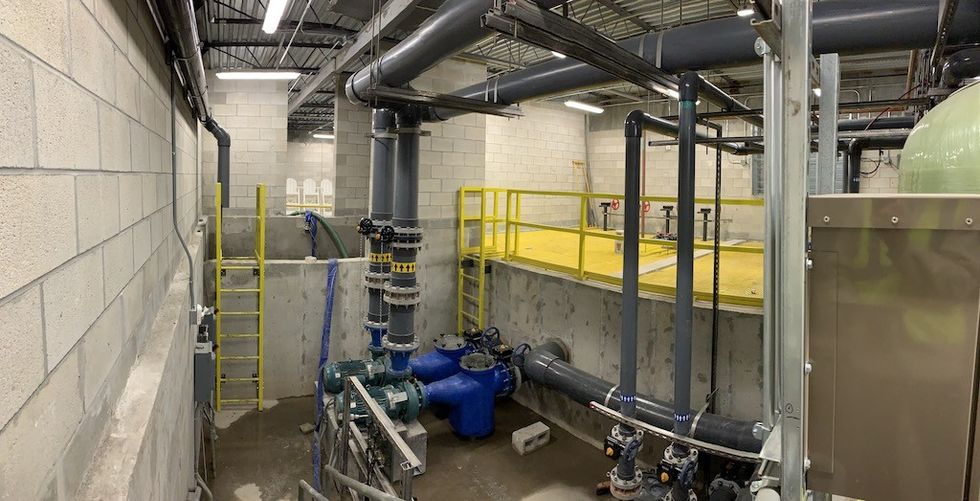




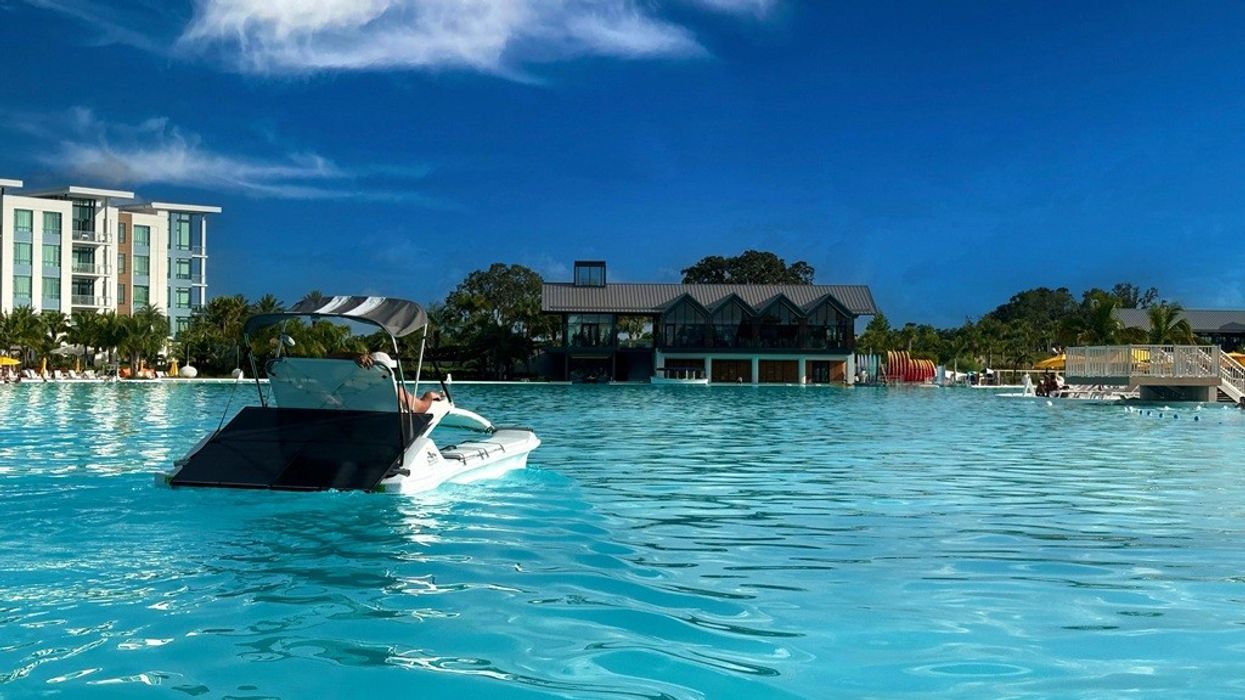

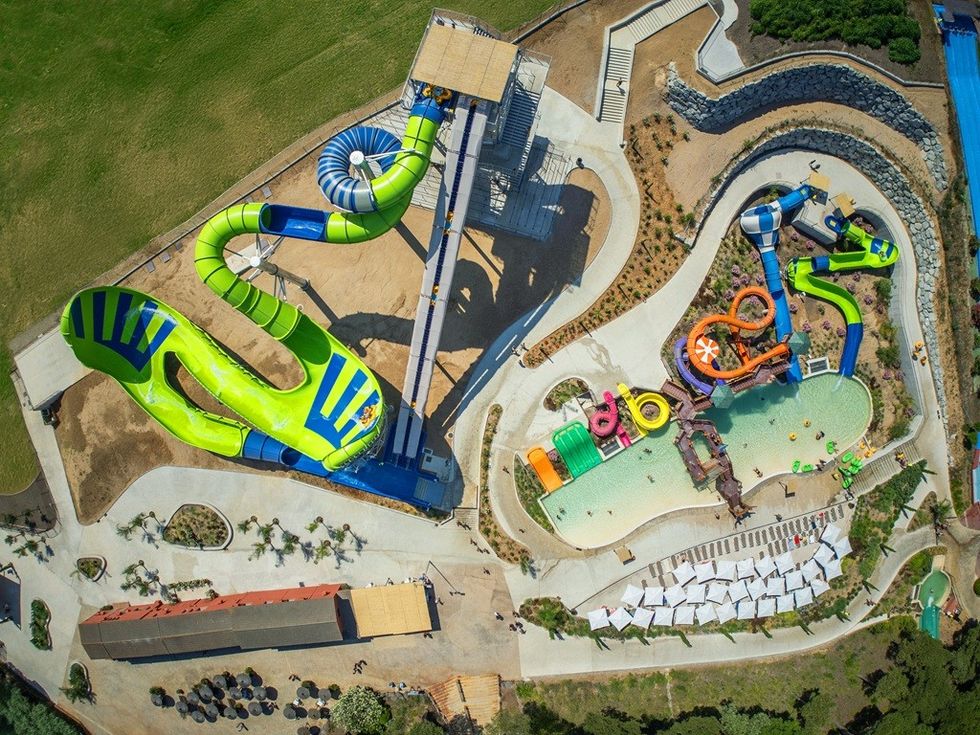 Water World, Lloret de Mar
Water World, Lloret de Mar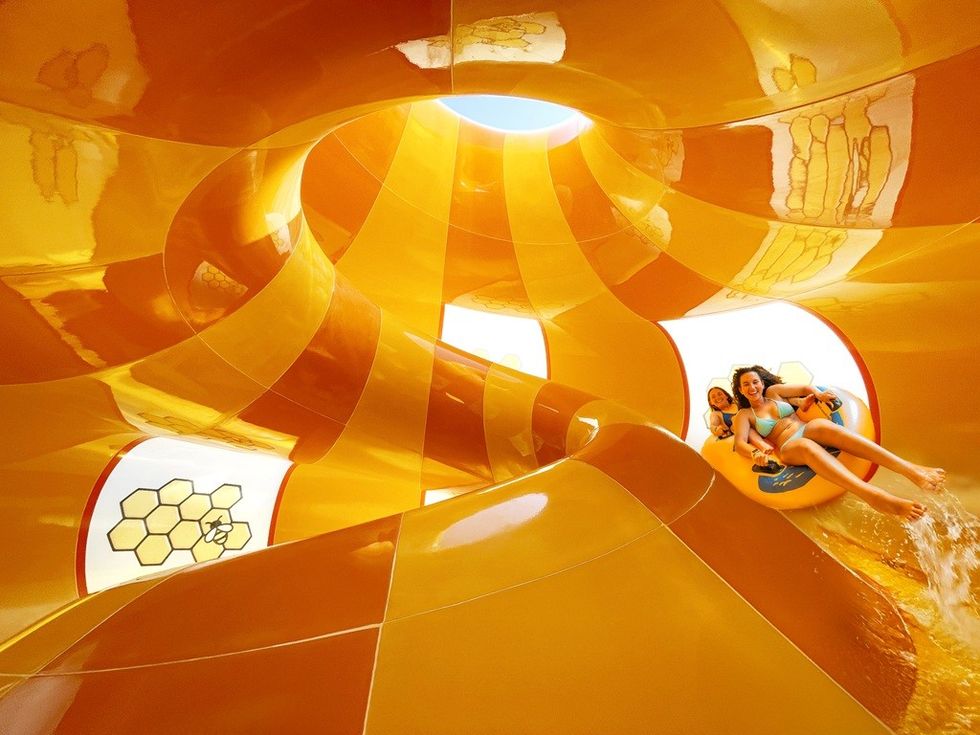 HIVE 20 by ProSlide at Zoombezi Bay
HIVE 20 by ProSlide at Zoombezi Bay






